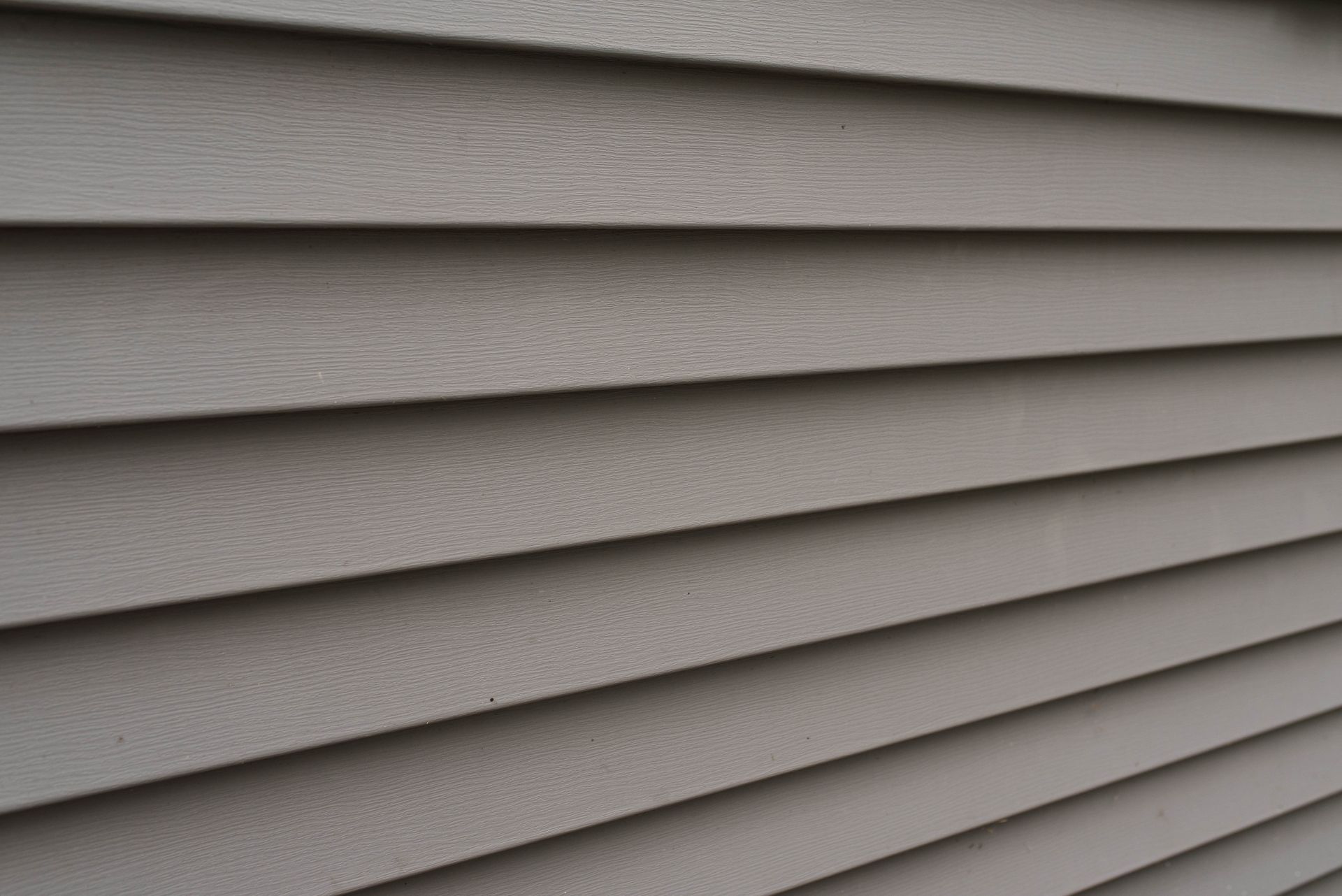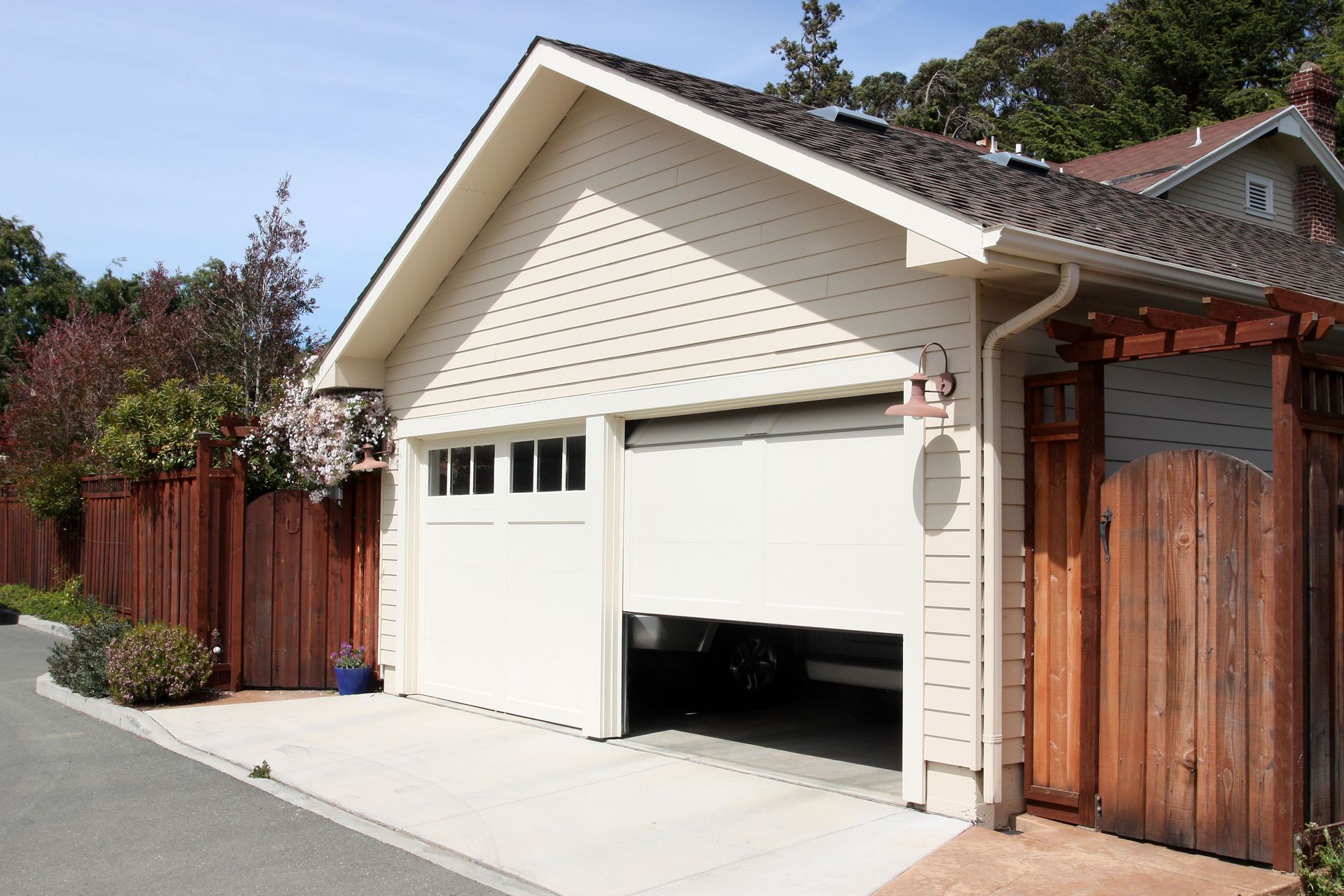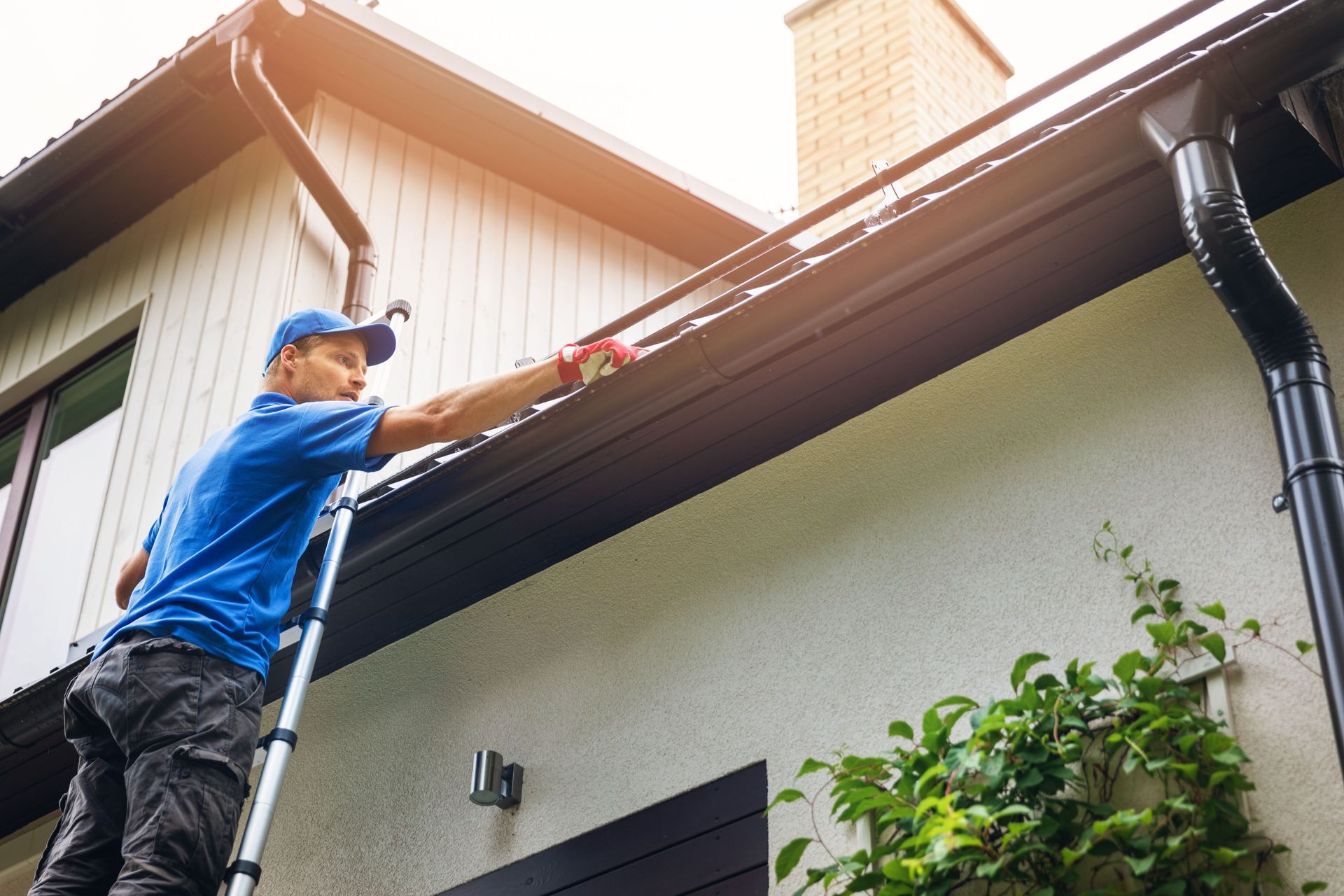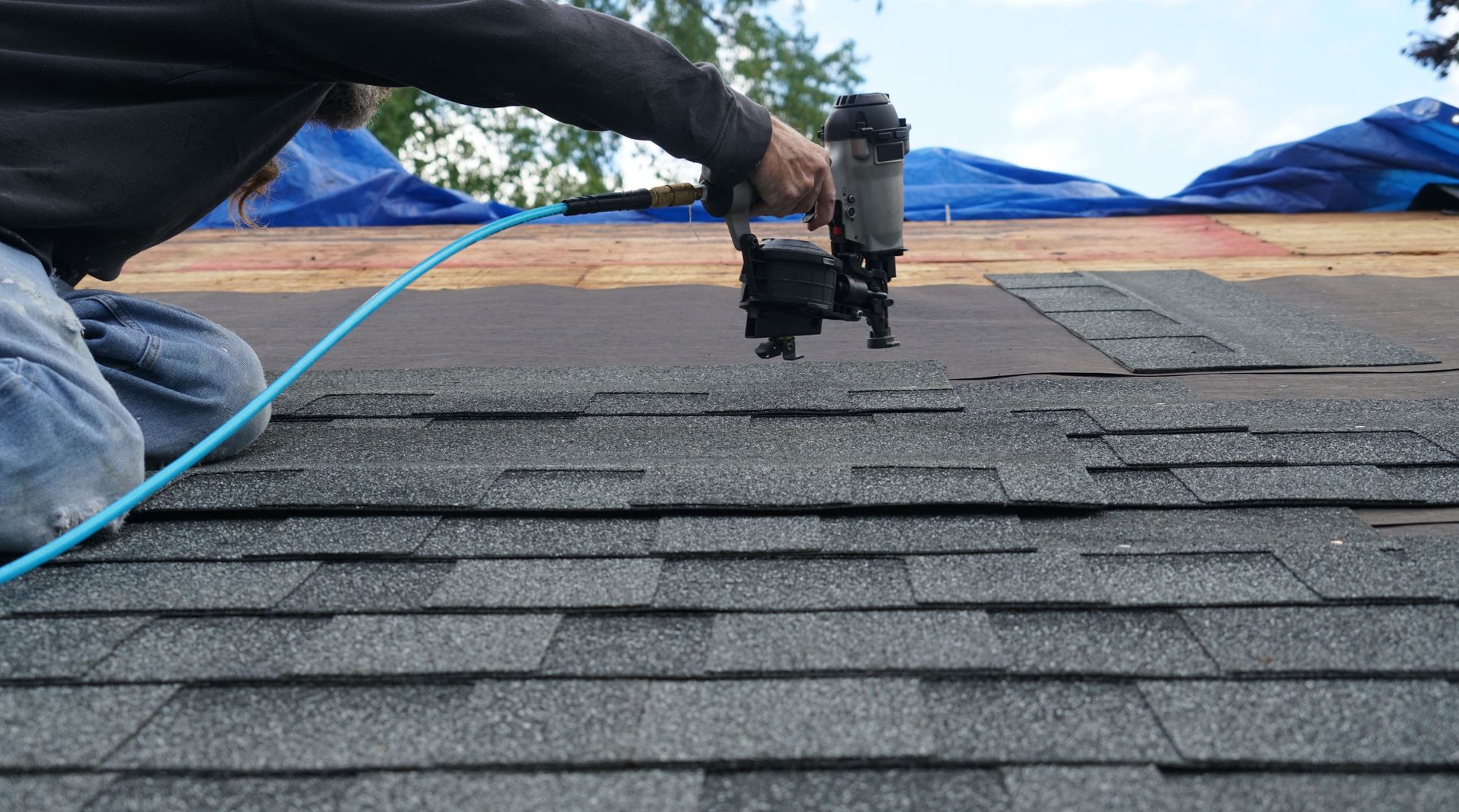Budget Smart for Your Roof Replacement: 6 Steps for Homeowners
By Scott & Karen Dillman | February 8, 2024
If your roof is suffering from serious issues, it’s time to consider a roof replacement for your home. This is a big investment and you need to properly budget. Too many people don’t take this process seriously and end up having to spend more than they anticipated. Thankfully, there are several steps that you can take to streamline this process and ensure you get the roof you deserve. Here are six to follow!
1. Get a Free Estimate
When you first decide you want a new roof for your home, you need to reach out to a reliable roof replacement company. This free estimate can provide you with a good idea of what to expect when it comes time to pay. It should be noted that your estimate can vary based on the roof's size, the materials you want, and local costs of labor. Work with an experienced team to ensure you get a fair, accurate estimate.
According to Forbes, a roof replacement typically costs around $11,500 on average, but as we mentioned, prices can vary. That's what makes getting a free estimate so important. A professional team will also give you a breakdown of total costs, which will help you begin to budget and know exactly where your money is going.
2. Talk to Your Insurance Company
When debating a roof replacement for your home, it’s smart to talk to your insurance company. Now, they aren’t going to manage obvious wear-and-tear issues that you might have missed. Their focus is on helping you with things that are well beyond your control.
For instance, harsh weather, lightning strikes, and even earthquake damage may be covered by some insurance policies. Others are a bit more limited, which makes it important to talk to your agent. They can help you figure out what kind of help you can get covered.
While there may be limited opportunities for you to use your insurance in this way, that doesn’t mean you shouldn’t try! Doing so could be a smart option if you experienced problems that were beyond your control. You might get some or even all of your costs covered this way.
In fact, you can often balance what your insurance will pay with your out-of-pocket expenses. Eliminating a few hundred dollars or more is a great choice even if it requires a little more time and working with your insurance agent. It's likely a smart investment worth your time and something you can't afford to ignore.
3. Consider Multiple Materials
As you move further into the roof replacement process, you must consider all the available materials for your roof. Every material will have its unique balance of cost, durability, and aesthetic appeal. There are other considerations to make as well.
For example, some roofs may be more expensive at first but will lead to significant savings on energy down the line. You want a roof that will stand the test of time but also match your budget, local climate, and your home's architectural style. That's why working with a professional roof replacement team is so important. Your roofers will be able to take a look at your roof and make recommendations that will look great and fit your budget.
4. Find Funding Options for Your Renovation
It’s important to take several steps to protect your budget. First, review your spending and find ways to cut back. We suggest eating at home more often, traveling less, and temporarily canceling unnecessary subscriptions. Don’t worry because these changes aren’t permanent.
Once you’ve got back on your costs in this way, you can start looking for financing support. For example, low-income homeowners can get a great loan or grant to make repairs. Grants are particularly nice because you don’t have to pay them back. They’re a little harder to get, though.
Furthermore, many banks provide home repair loans that provide reasonable APRs and terms that will reduce how much you spend. If you’re desperate, a 0% APR credit card may also work well here. You’ll just about max it out, so your credit may take a temporary hit if you aren’t careful.
Whenever possible, though, we strongly recommend that you simply save up money yourself to avoid owing anything when you’re done. Yes, this might mean cutting back on some expenses for a while. However, you’ll be amazed at just how easily you can save this cash if you’re careful.
5. Think Ahead to Prevent Other Issues
The hard thing about roofing installation is not knowing what to expect in the future. You never know what might impact your home. That said, prevention is the best way to minimize serious damage. You can reasonably guess what problems might impact you and do your best to prepare for those you can’t predict.
For example, try to think about potential weather problems that could impact your home. Try to find roofing materials that minimize these dangers with the help of the roofing company you hire. Next, balance what you can afford with what you need to avoid spending too much on your renovation process.
By thinking ahead for these potential risks, you can mitigate potential problems and keep your roof strong. Just as importantly, you can minimize long-term concerns that could cost you even more money. Intelligent investment should ensure that your home is strong and healthy for years to come.
6. Know Your Cost Breakdowns
According to Mom Fuse, various roofing materials can cost anywhere from $70 to $900 per square. That’s a huge investment, so it's important to know what you can afford. Work with professional roofers who can do an amazing job at an affordable price.
Much of this breakdown will be available when you get your initial estimate. Knowing these cost breakdowns is crucial to ensuring you can properly budget. As we discussed earlier, factors such as materials, labor, removal and disposal, permits, and more can play a role in your cost breakdown for a roof replacement. By having a better understanding of where your money is going, you can begin planning to make the numbers fit within your budget. Work with your roof replacement team to find affordable solutions that will work for your home.
Finding affordable solutions doesn't mean going with the cheapest option. Over time, cheap roofs need constant repairs, and these costs add up. By investing in a quality, reliable roof, you can ensure your investment is a good one. Your roof will need fewer repairs and last much longer than a low-quality option. While the prices seem like a lot, your local roofing business will be able to ensure top-notch quality for your roof. This will keep your family safe, reduce heating and cooling costs, and offer an aesthetically pleasing roof for your home.
By working with a skilled roof replacement team on this project, you can save yourself money and avoid unnecessary expenses. Just as importantly, you can get the fantastic roof that you want at a price that you can afford, which makes it more than worth it. Please don’t hesitate to contact our team at Dillman Brothers today. Our family-owned company has been in business since 1972 and can complete your roof replacement with ease! Plus, we offer free quotes, veteran discounts, and prioritize customer service.











Share On: